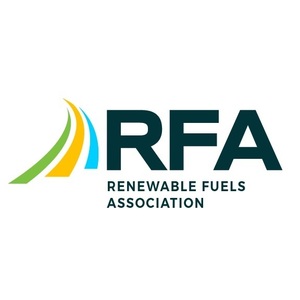RFA comments on California LCFS compliance targets, modeling

March 16, 2023
BY Renewable Fuels Association
In comments submitted to the California Air Resources Board on potential changes to the state’s Low Carbon Fuel Standard, the Renewable Fuels Association identified several areas in CARB’s proposal and underlying analysis that need improvement. RFA also stressed its support for the LCFS program and desire to see technology-neutral carbon reduction programs adopted in other states or at the national level.
RFA Chief Economist Scott Richman stressed three areas where improvement is needed:
•CARB has all the data needed to support the immediate approval of E15 for use in California, which would reduce pervasive compliance deficits in California’s gasoline pool. Migrating all E10 to E15 in California today would result in approximately 2 million metric tons annually of additional GHG reductions.
Advertisement
•Although the California Transportation Supply (CATS) model used by CARB incorporates the average carbon intensity (CI) of ethanol in the market today and assumes that CI improvements will continue in the future, it assumes that the CI of ethanol produced at facilities using carbon capture and sequestration (CCS) will be flat over time. Richman stressed that, on the contrary, it is reasonable to expect substantial reductions in the CI of ethanol broadly, and that ethanol with CCS in particular is likely to achieve steady reduction and, ultimately, net-zero emissions over the next two decades.
•Finally, the current low credit prices under the LCFS are clearly inhibiting new investment in low-carbon fuel production. The long period of time (up to three years) to update the LCFS given the regulatory process in California is creating uncertainty as to the longer-term trajectory of the program, and the incorporation of a compliance acceleration mechanism into the LCFS could potentially address this problem.
Advertisement
“An accurate modeling of ethanol’s benefits and an integration of CARB fuels policy to incentivize higher ethanol blends will result in immediate reductions of GHG emissions and criteria pollutants while lowering the cost of compliance to obligated parties and California consumers,” Richman concluded. “RFA looks forward to working with CARB staff and other stakeholders to strengthen and extend the successful LCFS program.”
Related Stories
CountryMark on July 22 celebrated the completion of more than $100 million in upgrades at its refinery in Indiana, including those related to soybean oil storage. The facility produces renewable diesel via coprocessing technology.
ATOBA Energy and Air Moana are partnering to implement scalable solutions for the supply of SAF. The collaboration aims to ensure long-term SAF availability while supporting local initiatives to develop sustainable fuel production in Tahiti.
While final IRS guidance is still pending, the foundation of the 45Z program is well defined. Clean fuel producers should no longer be waiting; they can now move forward with critical planning and preparation, according to EcoEngineers.
Neste Corp. on July 24 released second quarter results, reporting record quarterly renewable product sales volumes despite weaker margins. SAF sales were up nearly 80% when compared to the first quarter of 2025.
Valero Energy Corp. on July 24 released second quarter results, reporting a profitable three-month period for its ethanol segment. The renewable diesel segment posted a loss, but the company’s new sustainable aviation fuel (SAF) unit operated well.
Upcoming Events










